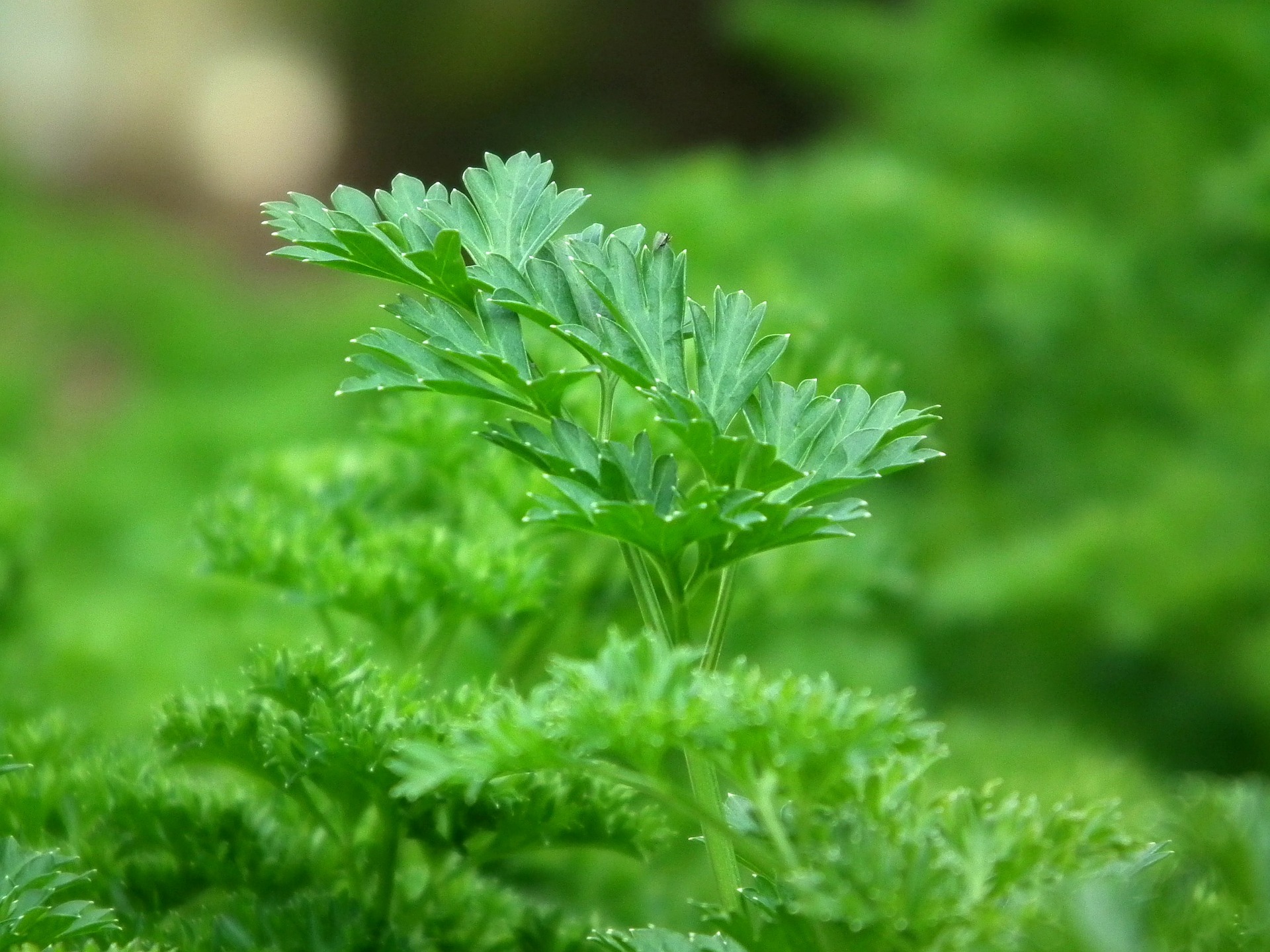Before antibiotics and vaccines, people relied on plants for medicine. While they didn’t always work at curing the most serious types of illnesses, modern science shows that certain plants are actually extremely effective for things like bug bites, burns, and so on. Using plants for medicine can be easily done at home, but what should you grow?
Aloe
One of the most popular houseplants for medicine, aloe has been used for medicine for thousands of years. People used it to treat all kinds of skin problems, as well as arthritis and constipation. Today, it’s most commonly used for sunburns. You can find it as an ingredient in numerous burn gels. Using a real aloe plant to treat sunburn is easy. Break off a leaf as close to the stem as you can get and slice off both ends. Trim off the spiny edges, too. You’ll see the gel between the skin. Cut off the rest of the leaf skin and you’ll have a piece of pure gel. You can rub it right on your burned skin for soothing relief. If the aloe further irritates your skin, don’t use it again.
Basil
This herb is more than just a tasty topping for pizza or pasta. For thousands of years, people have considered basil one of the most powerful plants for medicine. During religious fasts, people would chew basil for strength, and it was even used for snake bites. In Ayurvedic and traditional Chinese medicine, basil is a common ingredient. If you’re growing basil indoors, you can rub a leaf right on your skin and go work outside, because the juice has been shown to deter pests like mosquitoes. If you have a cold or feel one coming on, eat more basil. It can also help improve digestion.

A very easy plant to grow, parsley has a long history of use in veterinary medicine.
Parsley
A very easy plant to grow, parsley has a long history of use in veterinary medicine. Thankfully, humans can eat it, too, and it has a lot of antioxidants that make it a healthy addition to your diet. It’s also a very good natural breath-freshener, so chew on some after eating something with garlic. Parsley has also been shown to help reduce bloating, poor digestion, and period cramps.
Lemon balm
You can grow lemon balm indoors all year round, though it does enjoy the warmth of the summer sun. Like all of the plants on this list, people have used it for medicine for thousands of years. It was prepared in a tea and used to reduce stress and anxiety, and sipped as a tonic to increase strength. If you’re feeling a bit blue, reach for the lemon balm and a mug of hot water. If you’re already on an anti-anxiety medicine, skip the lemon balm, since the two combined will be too strong. When using any plants for medicine, always be cautious and aware of any allergy symptoms. Lemon balm also deters mosquitoes, so rub some of the leaves on your skin.
Oregano
The ancient Greeks used oregano a lot, and Hippocrates, the father of modern medicine, used it as an antiseptic. The herb has antibacterial and anti-inflammatory properties, so it’s good at helping prevent UIs. It’s also been shown to help ease period cramps and headaches. To use, simply add more leaves to your dishes or brew into tea.
———–
Herbal medicine may seem like hocus-pocus in our modern world, but the more research that’s performed on old folk remedies, the more we realize there’s actually hard science behind it




